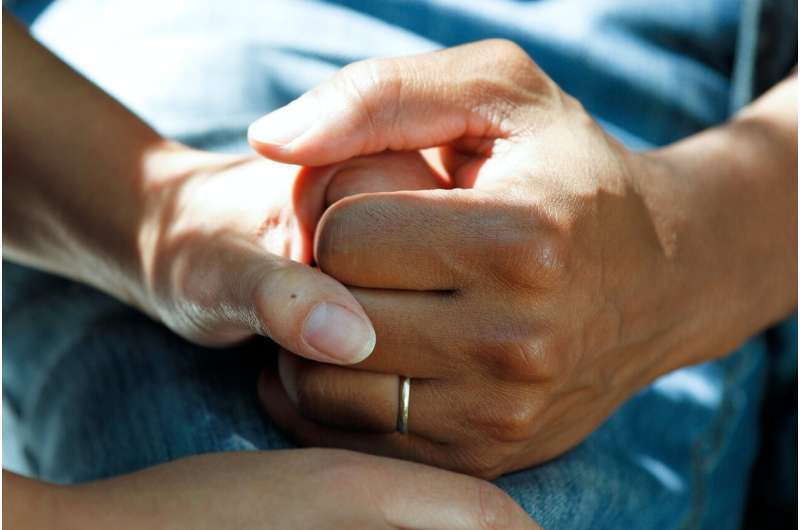

A new international study, led by Dr. Sonny Dhanani of the CHEO Research Institute, and published in the January 28 issue of the New England Journal of Medicine, documents the physiology of the dying process. Working closely with the Canadian Donation and Transplantation Research Program, the research team asked over 600 families to allow their loved ones in the ICU to have their vital signs monitored during the dying process. This is the largest international study of its kind.
Why is a study like this important?
For families to choose organ donation when a loved one has died, they must be able to trust that death has really happened and that it is irreversible. Trust allows people to decide to donate at a time of grief and allows the medical community to feel comfortable opening a dialogue about donation. For donation after circulatory-determined death to be medically possible, death must be declared within a window of time after life sustaining measures are withdrawn. Yet, stories persist about people “coming back to life” following a declaration of death, and there was little evidence to inform the medical understanding of dying.
What did the study find?
Dr. Dhanani and his team found that the classic “flatline” of death is not so straightforward. The study showed that cardiac activity often stops and re-starts several times during the dying process before it finally stops completely—but no one regained sustained circulation or consciousness. The study provides evidence to support the current standard to wait for 5 minutes after the heart stops before determining death and proceeding to organ donation.
How do you ask a family whose loved one is dying in the ICU to participate in a research study on organ donation? DePPaRT was empowered by the support and perspectives of a family partner, Ms. Heather Talbot, a woman whose son became a donor after dying in a car accident. The Canadian Donation and Transplantation Research Program’s Patient, Family and Donor Partnership Platform connected Heather with the DePPaRT team in 2015, and she took on the emotional challenges of joining as a consultant. Heather provided feedback from a family’s perspective, contributing ideas on how to appropriately approach families of dying patients. Her ability to reflect on her experiences and apply them to the study was pivotal for the project’s success. Her contributions helped achieve a family consent rate of 93% and dampened the team’s fears of overstepping boundaries. Her son’s gift of organ donation saved at least four lives and her involvement in DePPaRT is multiplying those gifts.
What is the take away for the public?
Source: Read Full Article